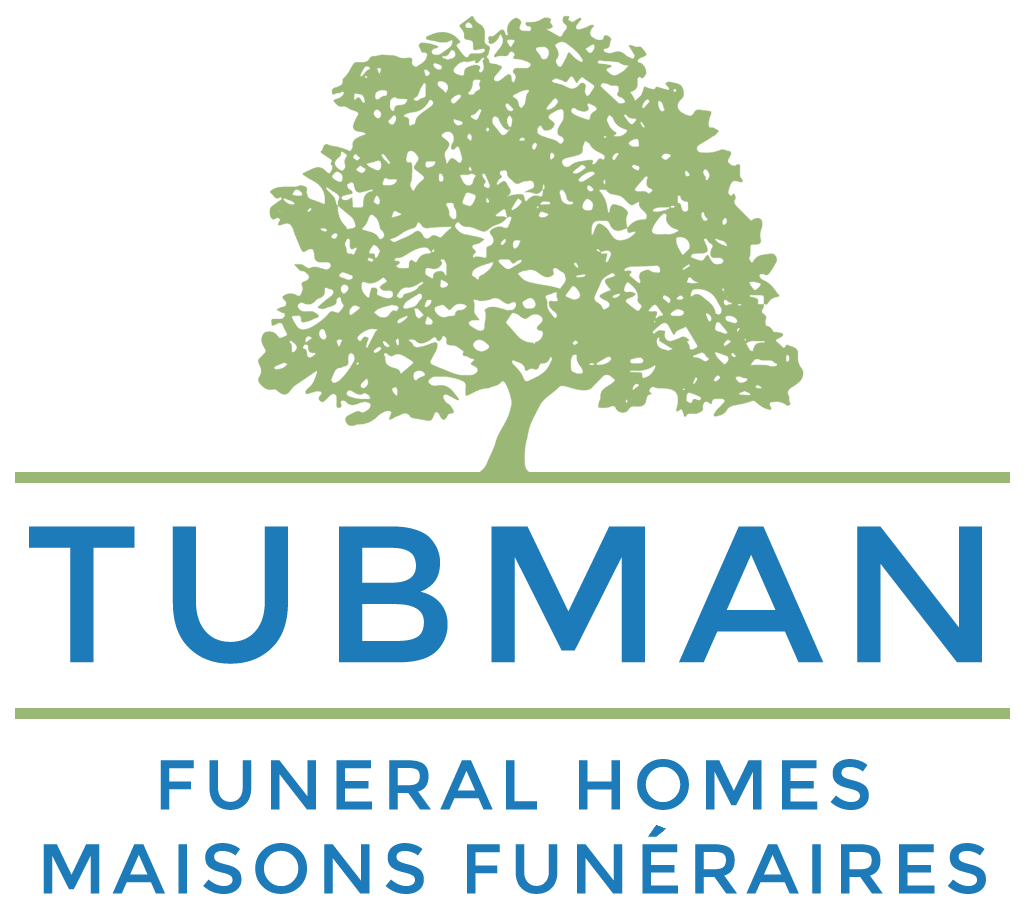Cremation Services
Cremation Services
Every part of the funeral process is very personal. While some prefer for burial, others choose cremation and or entombment. No matter what a family chooses, all families receive the same respect and professionalism.
At Tubman, we not only help you in the beginning of your journey, counselling and developing with you a meaningful funeral service, we also have many resources to support you after the service.
We're Here to Help
Please allow us to help you in your grief and give you the support and guidance you may need to heal. One of the resources that helps us support you is our own crematorium. This means that we can care for your loved one through the entire funeral process. We are able to perform cremations 7 days a week if necessary to meet your needs.
What’s Involved in a Cremation
Cremation is an option that’s becoming increasingly popular. Some choose this service because of its lower cost, some for religious reasons, and others because of environmental concerns. While it is becoming more popular, many people still do not know a lot about the overall process:
- The process takes place in a cremation chamber, also known as a retort or crematory. The chamber is preheated to a set point usually determined by the governing bodies where the crematorium is located. Once the temperature levels are met and compliant, the decedent is placed in quickly through a mechanized door to avoid heat loss.
- The combustion period typically last 2 to 3 hours. This combustion period results in the deceased corpse reducing to skeletal remains and bone fragments. The heat levels reached during the combustion period will completely burn all combustibles such as the wooden casket / cremation container, clothing and human soft tissues.
- The next step is to collect the bone fragments and non-combusted objects in a tray to allow them to cool down.
- The final step is the processing of the bone fragment to powder or sand-like consistency.
Before the final step of placing the bone fragments in the machine used to pulverize the bone to sand-like consistency, all non-consumed metal objects such as screws, nails and hinges are removed and properly disposed of. In addition, the mixture may contain precious metals from dental work, surgical screws, prosthesis, implants, etc. These objects are removed with the help of strong magnets and/or forceps. All these precious metals are recycled by a specialized partnering company. In return, we receive moneys for them. 100% of the money paid to us for said precious metals is donated to local charities.
These processed cremated remains are transferred to the urn selected by the family. If a permanent urn has not been selected, the ashes are placed and returned in a temporary carboard container.
It is also important to note that prior to the cremation and with the family’s permission, the funeral home staff will remove jewellry items such rings, wrist washes, and other similar objects, too, as they are likely to break down during the process. We recommend that the family retain the jewellry items as memories or authorize us to place them in the urn with ashes once the process is completed.
FAQs
Niches
Niches serve as dignified and peaceful resting places for loved ones’ cremated remains. Selecting a permanent memorial for a loved one not only satisfies an immediate need, but it also helps preserve family history. A memorial within a columbarium serves as a place for people to reflect and remember, which creates a lasting generational link.
St. James Anglican Cemetery
For those looking for a permanent memorial, we offer space within columbariums located at St. James Anglican Cemetery, Carp. Niches are available starting at $1,800.00. The interior size is 12” * 12” * 12”.




